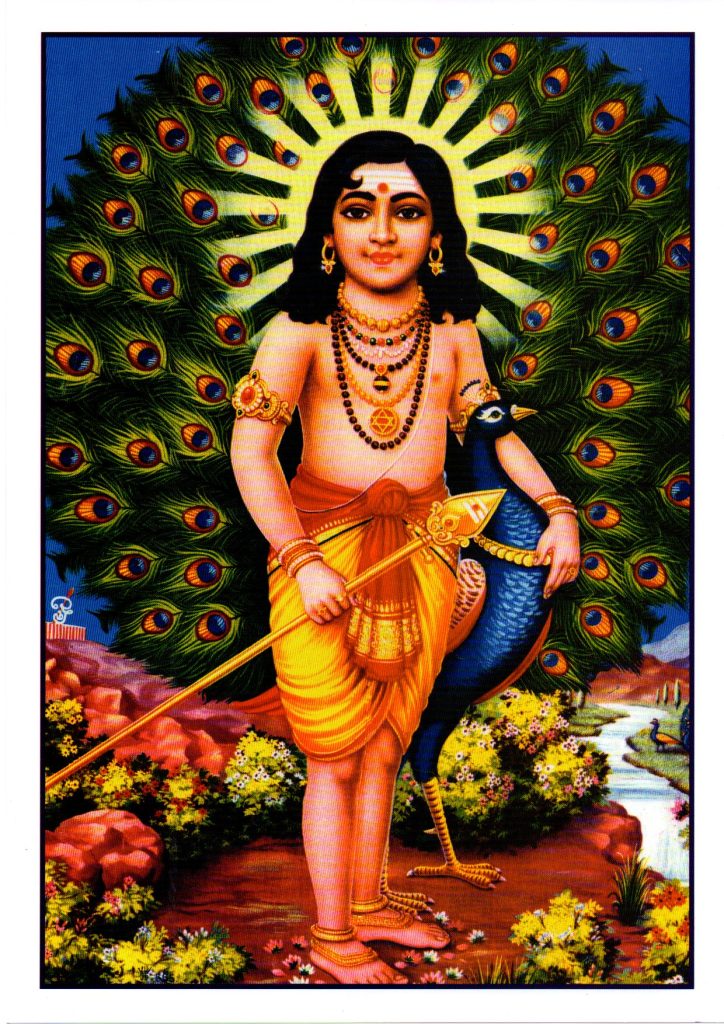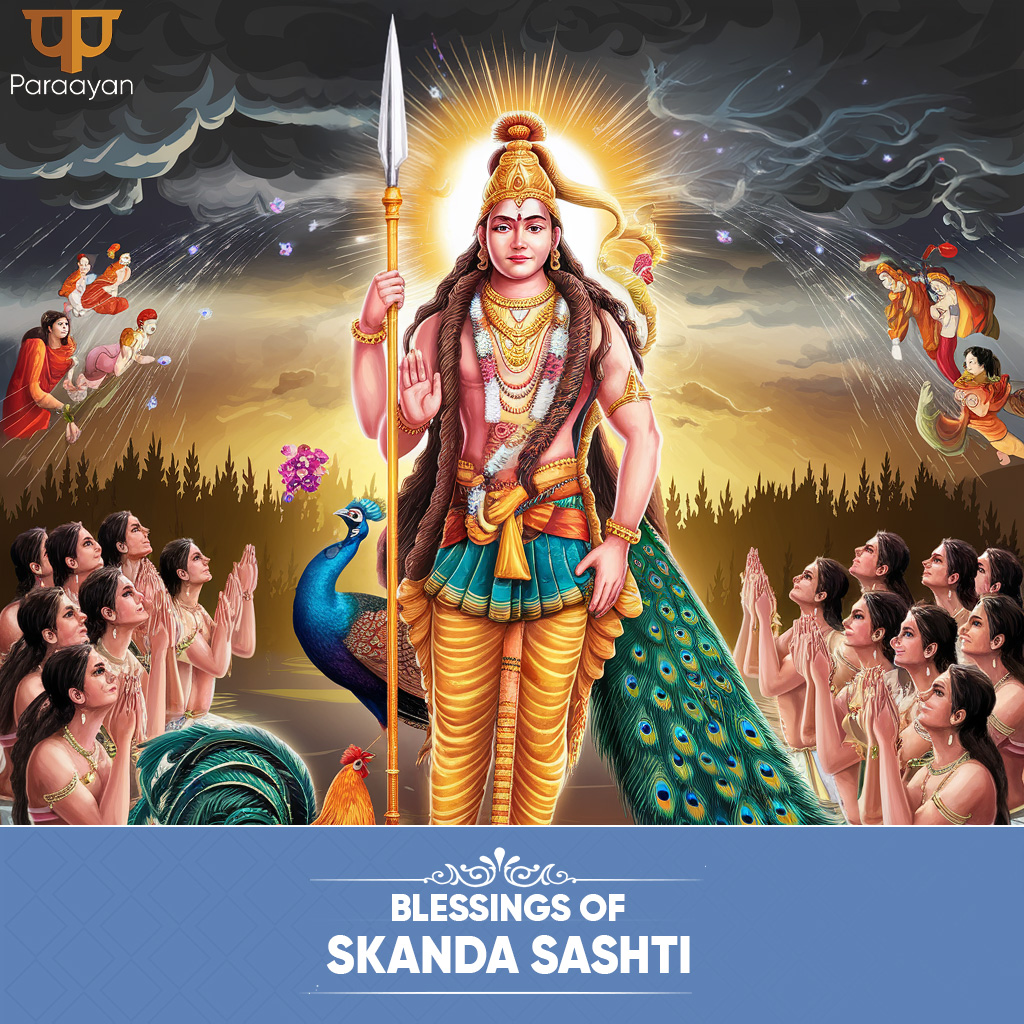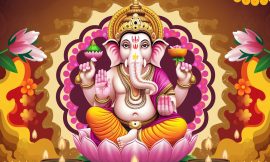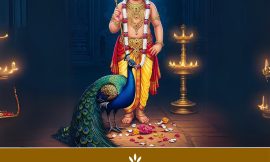Discover the lesser-known traditions and guidelines of Skanda Shashti fasting, from choosing the right day to
understanding its spiritual significance. Ensure your fast is not only complete but also aligned with ancient practices
for maximum spiritual benefit.
The younger brother of Bhagwan Ganesha and the son of Bhagwan Shiva and Devi Parvati, Skanda is a highly esteemed deity among Hindus, particularly Tamil Hindus. Other names for Skanda include Murugan, Kartikeya, and Subrahmanya.
Bhagwan Skanda is honored on Shashthi Tithi, the sixth lunar day. On this day of Shukla Paksha, devotees maintain fasts. When Panchami Tithi and Shashthi Tithi fall on the same day, it is preferred to observe the Skanda Shashthi fast. As a result, Panchami can also be subject to the fast.

Another name for Skanda Shashthi is Kanda Shashthi
On a day when Panchami concludes and Shashthi commences between sunrise and sunset, the fast is observed. Texts like Dharmasindhu and Nirnayasindhu go into length about this guideline. This tradition is followed by important Murugan temples in Tamil Nadu, such as the well-known Sri Subrahmanya Swamy Temple in Tiruchendur. The Surasamhara ceremony is performed the day before Shashthi Tithi if it falls on a day earlier than Panchami.

The Shukla Paksha Shashthi of Kartika Chandra Masa (Aippasi or Karthigai solar month) is regarded as the most important Shashthi Tithis, even though all of them are devoted to Bhagwan Murugan. Following a six-day fast, devotees perform the Surasamhara rite. Thirukalyanam is the day that follows Surasamhara.

Following Surasamhara, Subrahmanya Shashthi, also known as Kukke Subrahmanya Shashthi, is the next important Skanda Shashthi that is observed during Margashira Chandra Masa.
Important Bhagwan Murugan Temples
Arupadai Veedu, the aggregate name for Bhagwan Murugan’s six sacred abodes, is a popular destination for pilgrims in Tamil Nadu.
1. 100 kilometers southeast of Coimbatore is the Palani Murugan Temple.
2. The temple of Swamimalai Murugan, which is close to Kumbakonam
3. 84 kilometers from Chennai is the Tiruttani Murugan Temple.
< TIRUTTANI MURUGAN TEMPLE >
4. Ten kilometers north of Madurai is the Pashamudircholai Murugan Temple.
5. 40 kilometers south of Tuticorin, near Tiruchendur, is the Sri Subrahmanya Swamy Temple.
6. Ten kilometers south of Madurai is the Tirupparankunram Murugan Temple.
Another well-known location is the Marudamalai Murugan Temple, which is situated in the suburbs of Coimbatore.
The Kukke Subrahmanya Temple, which is close to Mangalore in Karnataka, is a well-known pilgrimage site honoring Bhagwan Murugan. It does not, however, belong to Tamil Nadu’s six Arupadai Veedu temples.
Benefits of Worshipping Bhagwan Kartikeya
The god of bravery and leadership, Bhagwan Kartikeya, grants his followers courage, strength, and leadership abilities. Among the Navagrahas, he represents Mars and is revered for his wisdom and endless youth. He provides treatments for Mangal Dosha. He explained to Bhagwan Shiva that OM stands for great insight. Worshiping him, according to devotees, grants them eternal youth and frees them from the five vices. Childless couples in Eastern India pray to him for children. In Hindu traditions, he is a highly esteemed deity whose worship places a strong emphasis on bravery, self-control, and spiritual development.





